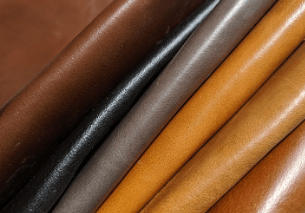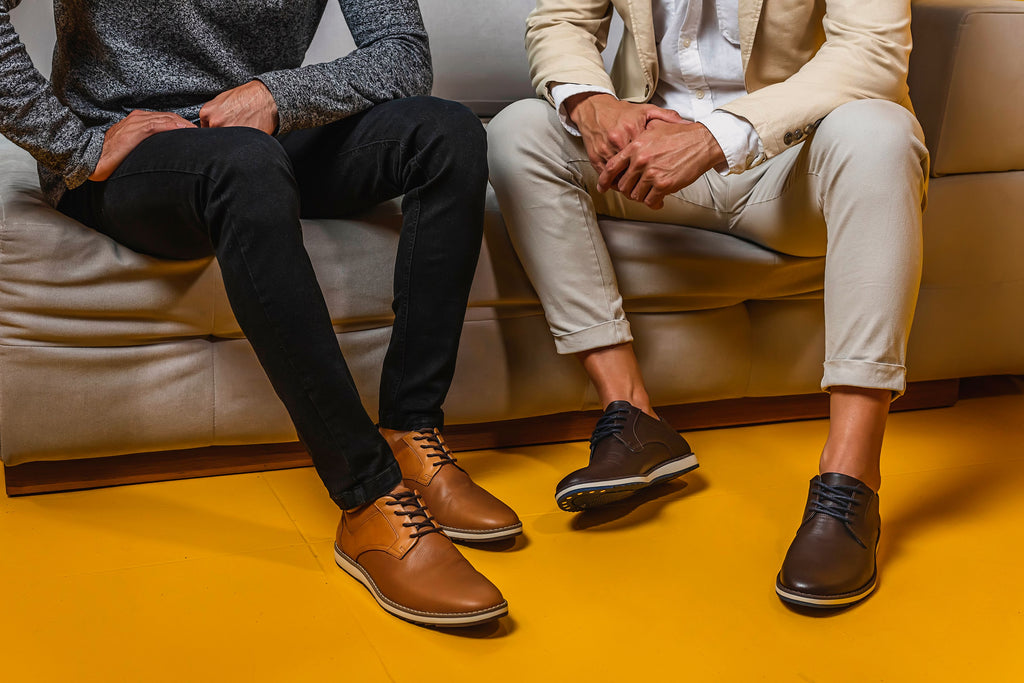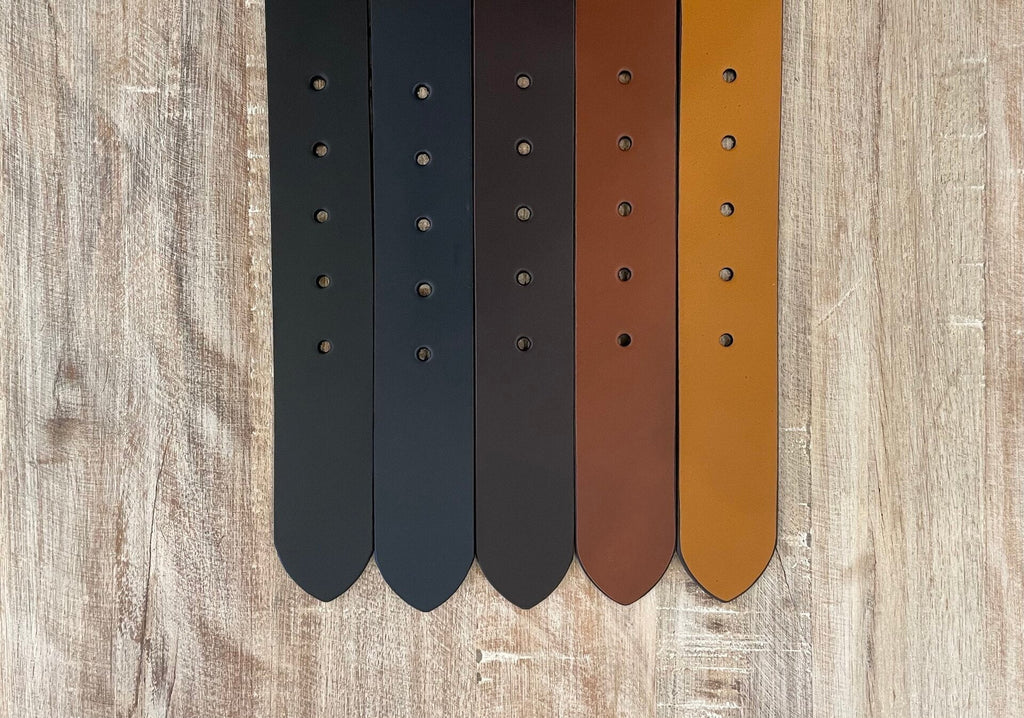
How to Properly Remove Stains from Your Leather Shoes
How to Remove Stains from Leather Shoes
Leather is a resilient, durable material for shoes. It has natural moisture-resistant and insulating properties and is so much better than PU Leather. However, leather shoes are not impervious to stains. Leather is porous and can absorb liquid and develop blemishes, whether full grain or top grain. If you’re wondering how to remove stains from leather shoes, you have several options.
It’s not always possible to avoid stain-producing products. Everyday use exposes your leather shoes to various elements. Unfortunately, many different things can stain your footwear. Here are some tricks for how to clean your leather shoes no matter what caused the blemish.
Water Stains
When leather shoes become saturated with water, they can develop stains. Blot the water immediately with an absorbent cloth or sponge if possible. It is more likely to stain when it stays wet for a long time.
If the stain remains after the water has dried, tackle it with a damp sponge. Using a light motion and working from the center of the stain outward, wipe a moist sponge over the spot. Blend the edges outward, removing any harsh rings and gradually tapering off the moisture beyond the stain’s border.
Dirt
Dry dust and grime can collect on the outside of your shoe and dull its appearance. As it settles into cracks and seams, dirt can make your shoes appear stained. Remove it with a dry shoe brush. Don’t add water if you don’t have to.
If you stepped in a puddle and have mud all over your shoes, you can try to remove it using baby wipes. For muddier messes, use a cloth or sponge that has been dipped into a solution of water and dish soap. Wring it out until it is damp, and gently wipe off the shoes with it. Follow that step by rinsing the shoes with a clean, damp cloth.
Oil
Oil stains on leather are difficult to remove. They make the material look wet and become stubborn as they set in.
To remove oil, dab some corn starch onto the stain. Wet your finger and use it to gently rub the powder into the stain. Leave it on overnight. In the morning, wipe it off with a damp cloth. If corn starch doesn’t do the trick, repeat the process with baking soda.
Scuffs
Leather conditioner helps protect your shoes and can also help hide scuffs and mask scratches that aren't too deep. Leather balm or shoe polish may be the best option for this. In a pinch, you can try using petroleum jelly if you don't have a leather balm or polish.
Protect Leather Shoes from Further Damage
Blot any remaining moisture with a cloth. It's important you don't rub the leather. Then, allow the leather to dry naturally. You may want to stuff the shoes with newspaper or towels to help them retain their shape as they dry.
Some suggest using a non-acetone nail polish remover, however, you must be very careful that you don't let it touch anywhere that isn't stained. Because it's used to remove polish and finishes, it can quickly damage the color and finish of your shoes. A darker colored and shinier finish shoe will look very different from a lighter more natural colored shoe.
For any stain remover or scuff fixer, always test a small area of your shoe that is less visible and let it sit for 24 hours before applying to the rest of your shoe.
Never use a hair dryer or heating element to speed up the process. This impairs the finish of the leather and can lead to cracking and peeling. By taking good care of your leather shoes, you can keep them looking pristine and safeguard them against future stains.
Similar methods can be used for most leather products, including bags, jackets, shoes, and more.
- Choosing a selection results in a full page refresh.
- Press the space key then arrow keys to make a selection.





